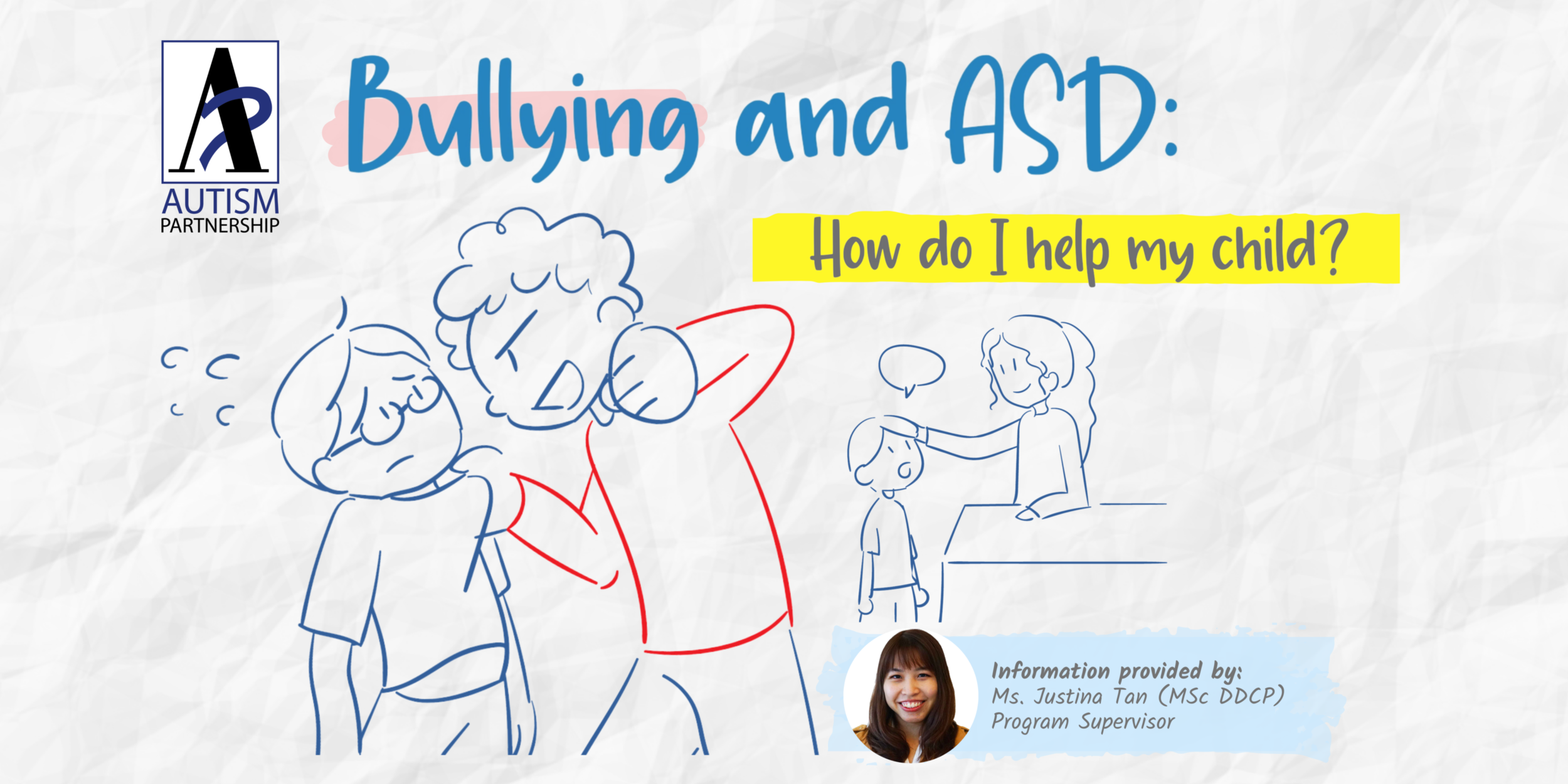Bullying & Autism (ASD):
Bullying is of significant concern for parents and caregivers of children with autism.
As seen in a Facebook post via Friends of ASD Families, Janice, a Singaporean mom with an 8-year-old son with autism, shared her son’s daily struggles in a mainstream primary school in Singapore.
Attached with a drawing by her son, she wrote: “He drew it one day after school as he was depressed that nobody wanted to play with him. I have spent a long time to teach him to initiate play with peers and to move on to other children if they refused. But he was so dampened facing rejection after rejection during his repeated attempts in finding someone to play with. Worse, when he slipped on the wet floor and fell, he was laughed at, and no one came to help! He couldn’t articulate his feelings well, so he drew this picture to show me what he had gone through.”
In this article, our Program Supervisor, Ms Justina Tan, shares strategies and skills you can take to help them deal with bullying situations and prevent further bullying.
Parents with children with autism often mentioned they fear that their children may become targets of bullying.
Individuals with ASD are susceptible to bullying as they have difficulties in discerning the motives and intentions of others. They also struggle to understand the nuances of social situations, including reading non-verbal cues (such as tone of voice or body language – eye contact, facial expression, gestures). Since they are unable to interpret social cues, they might also not recognize that they are being bullied.
Additionally, individuals with autism may also have social communication deficits, including joint attention, social reciprocity, and social cognition. Often, they find it challenging to accurately communicate their thoughts and feelings without accidentally offending their peers.
Most individuals with autism have expressed the desire to be included and develop friendships with their peers.As such, we must equip them with the appropriate social skills needed to navigate the social world.
If you think that your child is being bullied, here are some steps you can take to help your child:
Step 1. Find out what happened by getting him or her to share
If your child has limited communication ability, gather more information by asking questions, or get him or her to draw pictures
Step 2. Assure them they are not to be blamed in a calm manner
Step 3. Discuss some appropriate strategies (e.g. communication with teachers)
Step 4. Develop possible responses to help your child handle bullying
To prevent further bullying, here are some strategies and skills we teach children to help them deal with bullying situations:
Tip #1: Differentiating Bullying versus Accident / Playful Interaction
Children with ASD find it difficult to interpret their peers’ actions accurately. Hence, they may misunderstand their peers’ intentions.
We need to teach our children to differentiate between:
- An accident (e.g. unintentional contact such as being bumped in the hallway
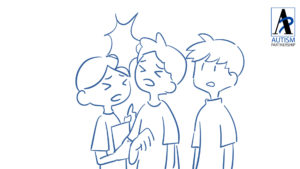
- A playful social interaction (e.g. joking, making fun of each other without hurtful intent
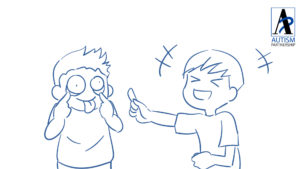
- When a peer is a bully (e.g. intimidation, name-calling, being laughed at, alienation, purposefully provoked, etc.)
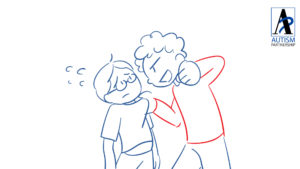
With this understanding, they can accurately interpret the person’s intent when communicating with them.
Tip #2: Developing Appropriate Strategies
It can be helpful to develop a variety of practical and age-appropriate responses to bullying situations. Some strategies include:
- Avoidance (e.g. walking away, finding something else to do, ignoring the behaviour)
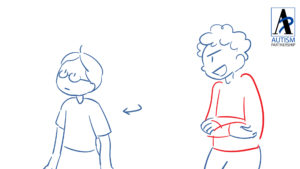
- Being assertive by telling the bully to stop (e.g. “Stop it!”)
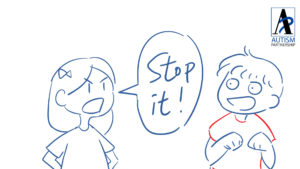
- Finding a trusted adult (e.g. teacher) for help

These strategies can help reduce unpleasant encounters.
Tip #3: Understanding Bullying
Bullies often target individuals who do not conform to the social norm.
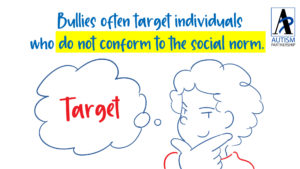
To reduce bullying, children with autism must understand which of their own behaviors may trigger a bully, (e.g. engaging in self-stimulation behaviors, talking in a “sing-song tone”, being whiney, talking endlessly about their favorite topic). They need to be aware that his/her certain behaviors may draw the attention of bullies and may set them apart from their peers and try to refrain from these behaviors.
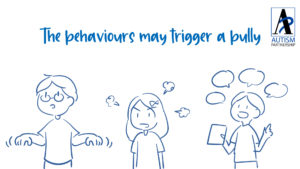
Additionally, they need to understand that bullies are pursuing negative responses from them. By not reacting negatively to the bullying (e.g. not giving a big reaction to indicate that they are being upset), they will become less of a target for the bullies.
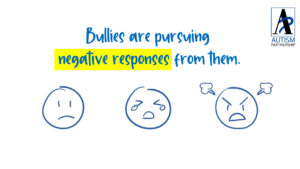
Therefore, we need to teach our children to change their typical responses so the bully no longer gets pleasure from bullying.
As Dr Kiti Freier Randall (Pediatric Neurodevelopmental Psychologist and Medical Director of the Inland Empire Autism Assessment Center of Excellence in San Bernardino, California) mentioned, “Every child should be taught to recognise what bullying is and know that being bullied is not acceptable. Further, they should be provided tools on how to respond and where to report these behaviours.”
While individuals with autism experience a common challenge in understanding the intent of others, we can teach our children skills to negotiate these interactions better.

